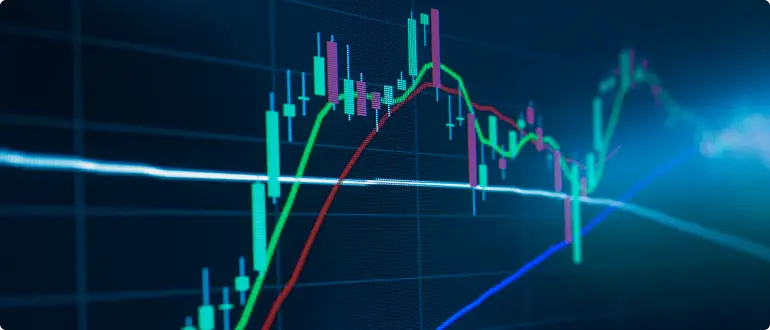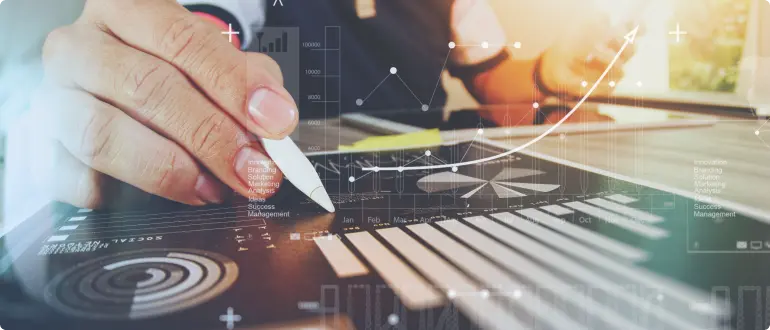What is leverage in forex, how does it work with FxPro

Table of Contents
- What is Leverage in forex trading?
- How does forex Leverage work?
- Can Leverage backfire?
- How to calculate forex Leverage
- How to choose the best Leverage level
- How to change your forex Leverage
Higher leverage is a significant reason why a huge number of people show interest in Forex trading compared to various other financial instruments. In general, forex provides significantly higher leverage compared to stocks and other options. Most traders know the term "leverage," but not everybody understands what it means and how it directly affects their trading.
Having leverage means that traders can use smaller deposits to access significantly higher trade sizes. It provides several benefits like heftier returns for a minimal investment. However, it is important to note that leverage is a double-edged sword and can cause high losses too.
In finance, leverage has a different meaning. Improved buying power after borrowing and investing money means you have leverage. In instances like these, the borrower still has cash after they return what they initially received.
This is a similar concept in terms of trading Forex with leverage. Are you a new Forex trader trying to understand the various technical jargons? Well, leverage is arguably the most used word in the world of Forex. Here we will discuss its meaning and the way it impacts people's Forex trading strategies.
What is Leverage in forex trading?
Many Forex traders look to get financial leverage, as it gives them a significant account boost. Traders can use it to multiply their purchasing power and gain access to drastically higher volumes compared to what they would initially have available for trading. This is a significant reason why thousands, if not millions of people want to enter the FX landscape every day.
Many traders, even experienced ones, think of leverage as a line of credit that a broker provides to their client. While there is some truth in this, there is much more to it than that. Firstly, individuals who trade with leverage do not have to return any credit so no need to worry about deadlines to settle any leverage boost given by the broker.
Additionally, there is no interest incurred on margin. Traders mostly utilise Forex swaps to transfer their position within a day. You can also profit from swap payments, unlike ordinary loans.
How does forex Leverage work?
Investors use leverage to attain profits from exchange rate fluctuations between any two countries (or economies). Traders activate leverage through the level selected in their account settings.
Typically, brokers provide leverage ratios such as 1:30, 1:25, 1:20 and so on. This can also be displayed as a margin requirement percentage, for example, 1:25 is equal to 4% margin requirement.
So, traders must have four per cent of the trades overall value in their trading account if a 1:25 ratio is selected. In this case, an investor will need to deposit four thousand dollars into their margin account to trade one hundred thousand dollars of their currency with a four per cent margin. Forex leverages, in general, are much larger than equity leverages (1:2)
Of course, using leverage can be risky and it is recommended to test on a demo account first to ensure you understand how it works in practice.
Can Leverage backfire?
While the possibility to earn high profits when using leverage is worthwhile, leverage can also be unfavourable for investors. For instance, if the currency in one of your trades changes direction, the chances of loss will amplify. Forex traders will incorporate a disciplined trading style to try and prevent this, such as utilising limit and stop orders, mainly designed to avoid potential losses. However, should the market quickly turn against you, or if there is a gap in pricing, it is possible to lose all invested capital even if you have stop losses set.
How to calculate forex Leverage
Managing risk for each trade is a combination of determining your limit and stop orders, followed by applying leverage. Making this calculation is not as challenging as people think. Traders and investors often divide their initial investment by their preferred trade size to determine Forex leverage. There are plenty of other formulas too, but this one is the most straightforward.
How to choose the best Leverage level
Choosing a reasonable leverage amount for your trade provides you with more freedom to, however, using high-level leverage for your Forex trade can be very risky. Why? It could cause you to lose more than you intended by eating up your margin and may eventually lead to a stop-out.
Forex leverage is mostly flexible and customisable to an individual's trading requirements. Having trading or investing leverage readily available does not always mean you have to utilise it. Experienced traders never forget to consider the possibilities where it could affect them before taking the plunge on a leveraged trade.
How to change your forex Leverage
Changing Forex account leverage is relatively straightforward, you just need to log into FxPro Direct to your account settings page and click on the option that says, "change leverage." Make the necessary adjustments and press save. Remember, changing forex leverage is not possible if your account has open orders.




